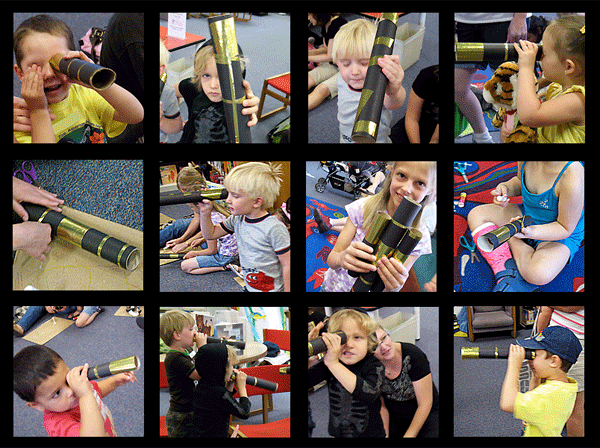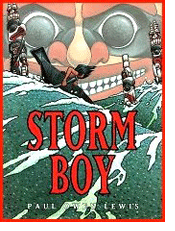 Continuing with the Summer Reading Program theme, “Make a Splash @ Your Library,” our Page Presents class featured the book, Storm Boy, by Paul Owen Lewis.
Continuing with the Summer Reading Program theme, “Make a Splash @ Your Library,” our Page Presents class featured the book, Storm Boy, by Paul Owen Lewis.
I told Matt about that it was a story about how different peoples came to understand and honor one another by learning each other’s dances and songs.
He decided that this would be a great opportunity to practice cooperative learning. So he gave all the kids rhythm instruments and led them in a steady drumbeat. He told the kids that, in the story they were about to hear, people taught each other their own unique dances. Then, keeping the beat going, he asked for a volunteer who would show everyone a special dance move.
Kids eagerly took turns showing a signature movement, and then the whole group followed. Matt gently drew out kids who clearly wanted to demonstrate a dance move but were too shy to volunteer. Everyone kept the beat going and imitated each new movement.
It’s so gratifying to see the kids enthusiastically participating!
When I first began leading the storytime last December, kids were shy about participating and it was hard to get everyone up and moving. Now kids (and their parents!) are eager and active. One little boy who would never take a turn playing the chimes at the beginning of storytime has been peeking at me with a shy smile whenever he comes to the library. This week he played the chimes beautifully. It made my day.
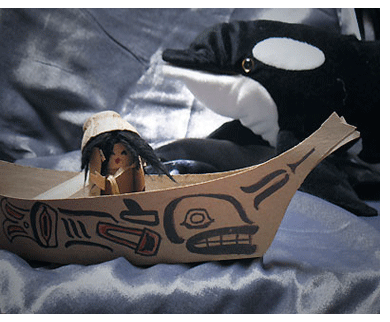 At the beginning of Storm Boy, a chief’s son goes out fishing alone. Orca whales are hunting salmon also. A storm blows up and the waves rise, swamping his canoe.
At the beginning of Storm Boy, a chief’s son goes out fishing alone. Orca whales are hunting salmon also. A storm blows up and the waves rise, swamping his canoe.
The boy sinks down, down, down to the bottom of the sea.
There he finds himself in a settlement with a longhouse and totem poles under a strange sky. All of the people are extremely tall.
He greets them and introduces himself and they welcome him. They invite him to share their feast. Inside the longhouse, he notices what appear to be orca skins hanging on the walls. The tall people offer him the same salmon that his people eat, but they do not cook the fish.
 Still, the meal is good. Afterwards the tall people dance and sing and offer to teach the boy their dances.
Still, the meal is good. Afterwards the tall people dance and sing and offer to teach the boy their dances.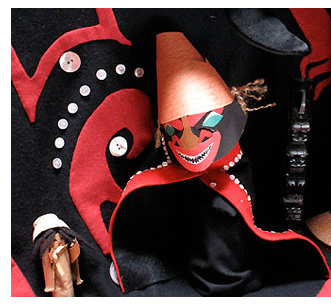
The boy learns quickly, which pleases the Orca People.
The boy reciprocates by offering to teach them the dances of his people.
The dancing goes on and on, far into the night.
The boy begins to think of his family, wondering if he will ever see them again.
Suddenly, the drumming and singing stops, and the Chief says to the boy, “You have been our guest and you have taught us well. But now you are tired and wish to return to your home. Stand behind me and think only of your family. Let no other thought enter your mind!”
The boy follows the chief’s directions. He closes his eyes and his mind fills with images of his family. He smells the sea and the smoke from their settlement, mixed with the spicy green aroma of the surrounding cedar forest.
He finds himself grasping the tall dorsal fin of an orca and hangs on tightly as the powerful whale ferries him up through the cold water toward the surface.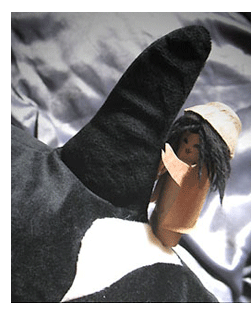
Then he is on his home beach, and his mother is joyfully embracing the son she thought was lost at sea a full year ago.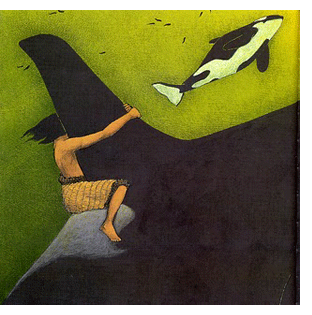
“But I was gone only one day,” he tells his family.
“No, it was a year ago that you went out fishing and never returned,” they tell him.
He recounts his marvelous visit with the Orca People, and then he teaches his people the dances that the Orcas taught him.
And from that time on, his people and the Orca People regarded each other as relatives.
When we used to live up in the Puget Sound region, we happened to visit the Whale Museum in Friday Harbor on San Juan Island. Curators had worked with Paul Owen Lewis to create life-sized illustrations from Storm Boy, and it was a magical experience to be able to walk into the world of the story. It was really fun, all these years later, to have an opportunity to bring the story to life with my puppets!
Afterwards, one of the mothers told me that it was her first time to bring her son to our Page Presents class. She raved about the puppet show and told me that she wished that they had been coming all along. 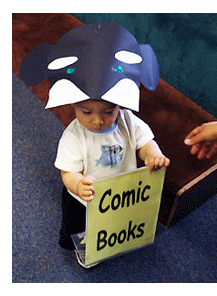
Several parents of quite young kids have started coming because they say that their children really love seeing the puppets, and they really get into Mr. Matt’s participatory rhythm and movement segment.
For our craft, we made Orca masks, really more like visors.
Avery’s brother Eli informed me that he was a George Washington Orca. Who knew?
A lovely little girl whose crown I mistook for a spout corrected me and declared that she was a Princess Orca. Her mask also seemed to have ornaments attached to the pectoral fins.
I really love it when the kids use their imaginations to create something unique!
But I can’t help wishing that I had found out more about the George Washington Orca…
Check out the amazing pod of little Orcas that we had swimming through the library after this week’s Page Presents show!
{ 0 comments }

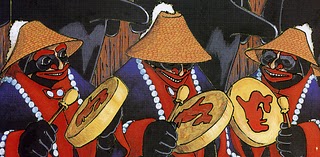

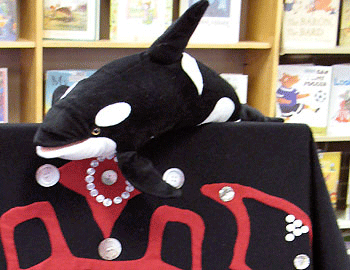

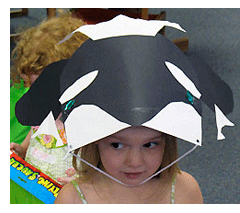
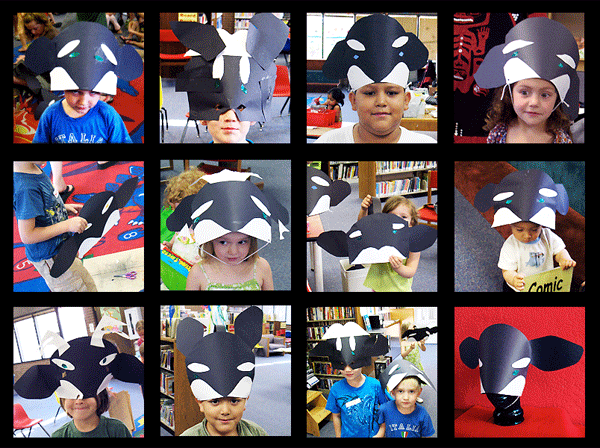
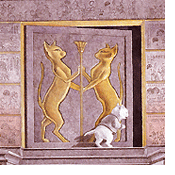
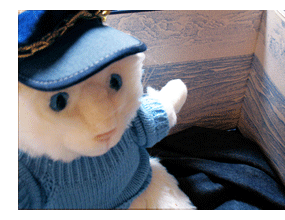

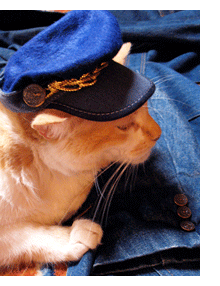
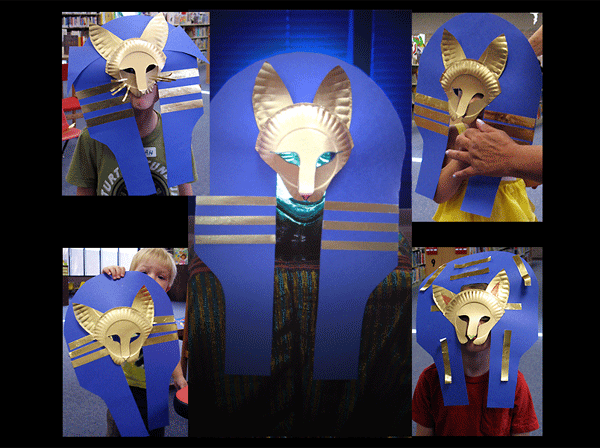

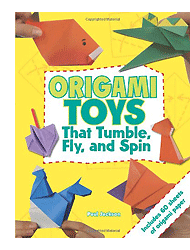

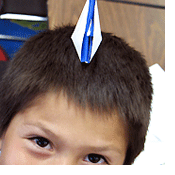
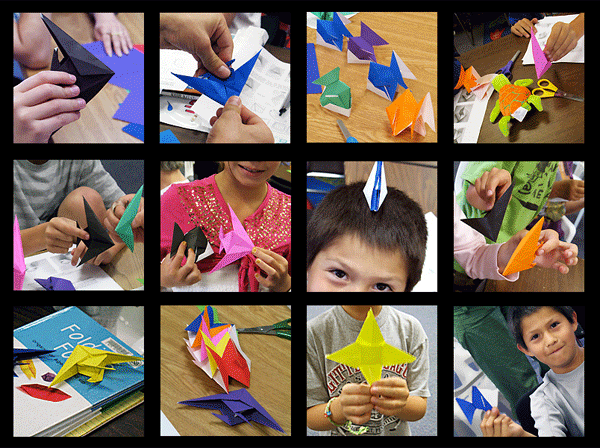
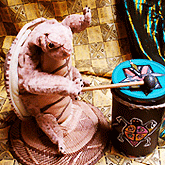
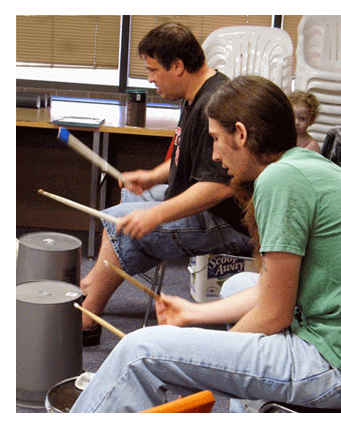
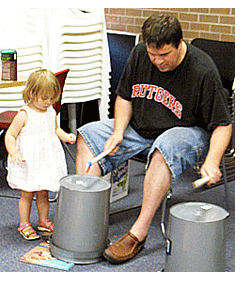
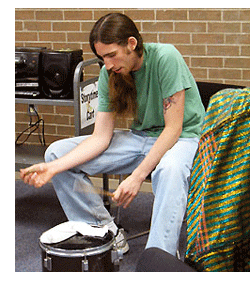
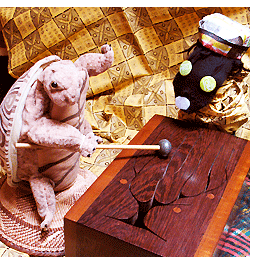
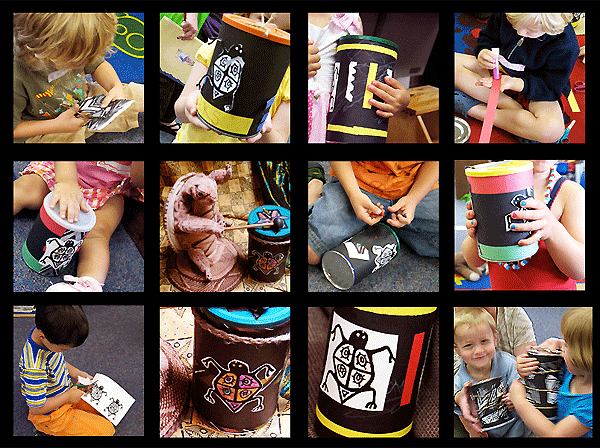


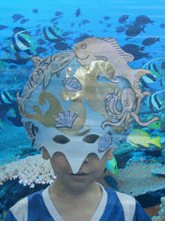


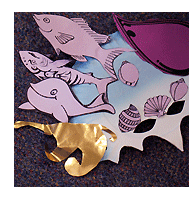
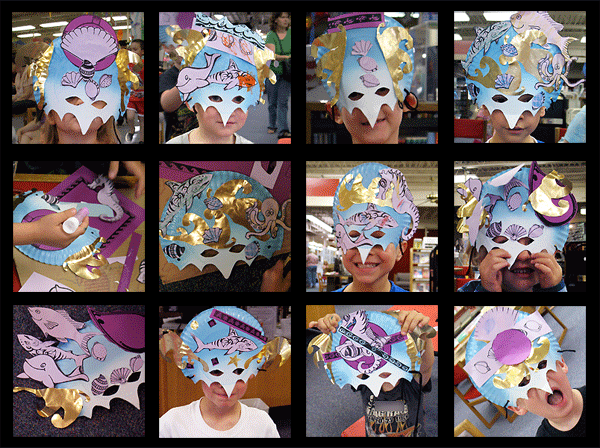
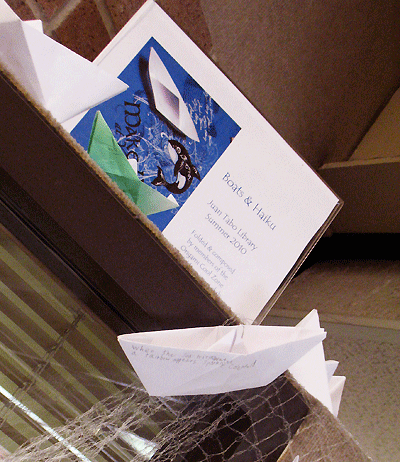
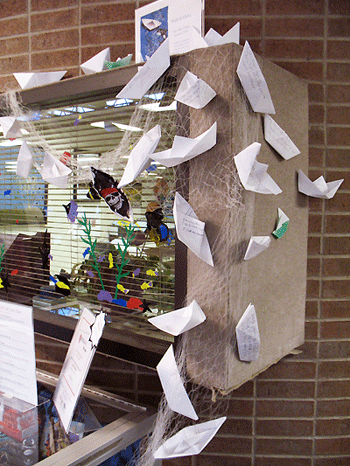
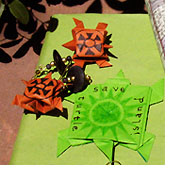
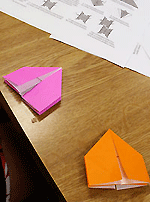
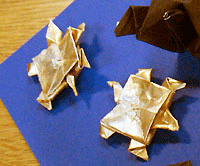
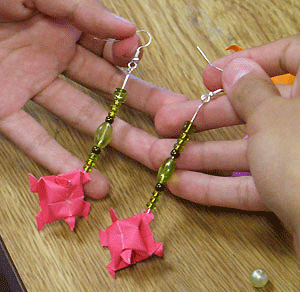

 om Away
om Away